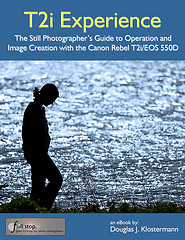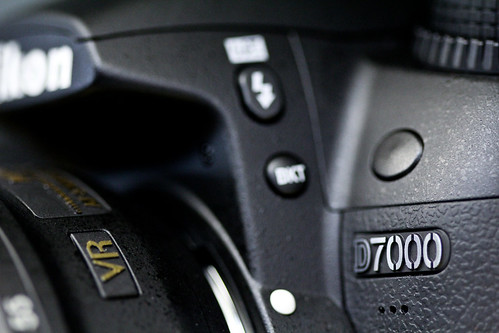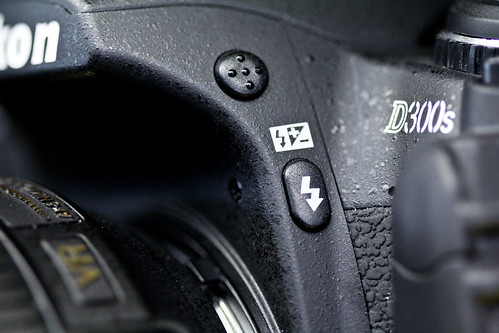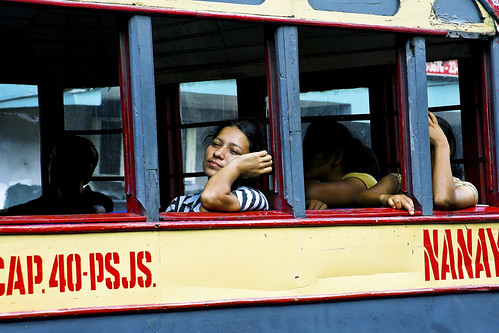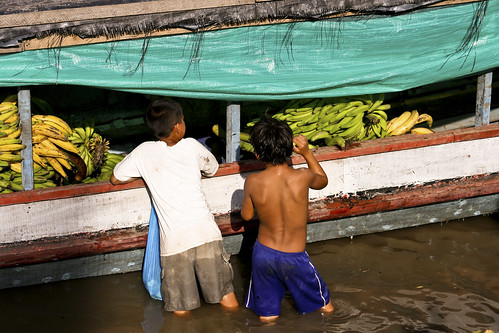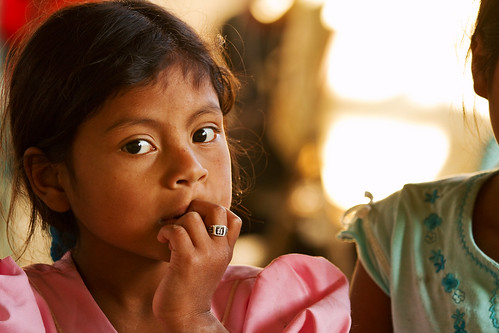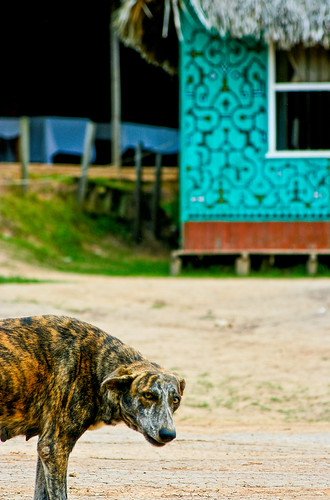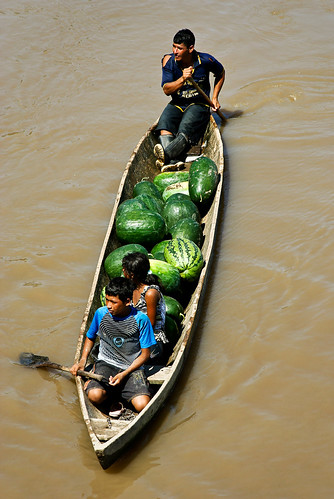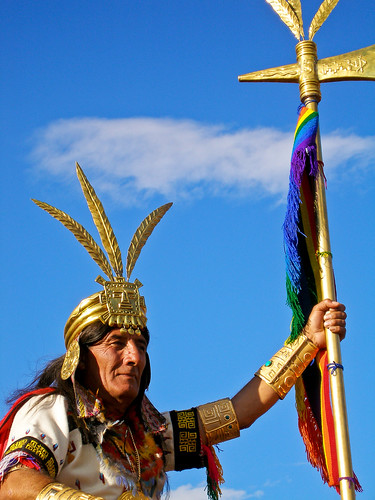I suppose I should join the photo blogger holiday tradition of putting together a holiday and Christmas gift guide for photographers or those who are shopping for the photographer in their life! If you plan to purchase any of these items through Amazon.com, I you can use the product links I set up throughout this post, which will bring you right to that product’s page on Amazon. (Amazon will then reward me with a small referral reward for my effort, which will help support my blog. Thanks! If you are in the UK or wish to purchase from B+H, see the end of this post for link information.) And now on to the shopping:
The first thing you are going to need is the Canon 24-105mm f/4 lens Mug or Nikon 24-70mm f/2.8 lens Mug to drink your hot cocoa or hazelnut coffee as you are unwrapping the rest of your gifts. These extremely popular and awesomely realistic mugs, complete with rubber ring grips, have a wide f/4 or f/2.8 opening which enables them to take in copious amounts of liquid just as your lens takes in all that light. The lens caps protects your beverage when not in use – no UV filter needed.

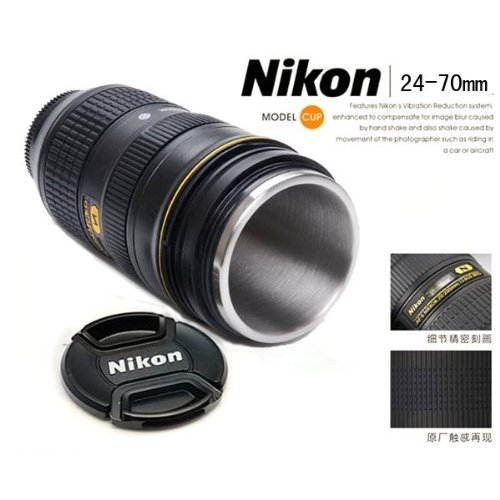
The best gift of the season for most photographers would most likely be a brand new digital dSLR camera to upgrade what they are currently shooting with – one with a few more megapixes, improved autofocus system, faster continuous shooting speeds, and some new bells and whistles.
For many photographers this will be the new Canon EOS 60D body only or the Canon 60D with 18-135mm kit lens. The EOS 60D has continued Canon’s tradition of ease of use, great ergonomics and controls, fantastic image quality and low light performance, plus added a swiveling real LCD screen. And full HD video with more frame rate options than the competitors.

For Nikon shooters the best choice is the brand new, highly sought-after Nikon D7000. The Nikon D7000 body only or D7000 with 18-105mm lens cost a bit more than the 60D, but they provide the additional features to justify the higher cost: faster continuous shooting rate, partial magnesium body, more advanced and customizable autofocus system, and two SD memory card slots to save all those shots and HD movies. Either one makes a excellent camera that is capable of producing high quality images.
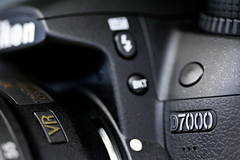
Of course you are going to want some new lenses to go with these cameras. Why not step up to the professional quality lenses to see that immediate improvement in image quality, color, contrast, as well as lens and autofocus performance? For Canon this means the L series of lenses. Expand your focal range or fill in some gaps with a high quality wide angle zoom, standard zoom, or telephoto zoom.
For wide angle zooms, look at either the Canon EF 16-35mm f/2.8L II USM or the EF 17-40mm f/4L USM
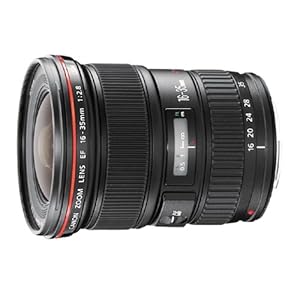
For standard zooms, which make for a great “walk-around” lens, consider the Canon EF 24-70 f/2.8L USM or EF 24-105 f/4L IS USM

And in the telephoto zoom range, look at the EF 70-200, f/2.8L II IS USM or the much less expensive and lighter EF 70-200, f/4L IS USM
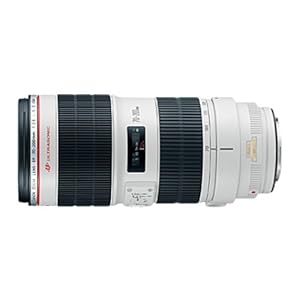
One of these lenses in each pair will be both more expensive AND heavier, so be sure and handle them first before you decide on one.
This may also be a good time to start experimenting with prime lenses. Their extra wide maximum apertures will allow you to use them in much lower light, and will create great, smooth background blurring for awesome portraits. Depending on how closely you like to work to your subject, a few to consider are the Canon 35mm f/2, Canon 50mm f/1.8 II for about $100, Canon 50mm f/1.4 (a little more costly 50mm), or the Canon 85mm f/1.8.
An extremely fun lens to work with is the Canon EF 100mm f.2.8 Macro USM. It is incredibly sharp, has dramatically narrow depth of field at f/2.8, and works as a great portrait lens too. If you have never used a macro, go try one out and experience what makes them so cool. The 60D and D7000 images just above were taken with this lens, as well as the cool close up shots of the following post comparing the Nikon D7000 vs D90 vs D300s.
If you need just one versatile lens for everyday use or for travel, the three lenses to consider are the EF 24-105 f/4L IS USM in the L series lenses, or else the EF-S 18-135mm f/3.5-5.6 IS or EF-S 18-200mm f/3.5-5.6 IS.
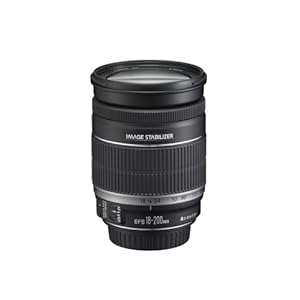
Of course with any of these lenses, be sure to protect them with a clear or UV filter, preferably a high quality, coated B+W brand UV filter. You can read a lot more about these lenses and how to choose between them in my earlier post, Best Lenses for Everyday and Travel Photography.
Possibly the most comfortable way to carry your camera around all day, especially when using a larger, heavier lens, is the BlackRapid RS-7 Camera Strap. I highly recommended this strap, and I use the older RS-4 version daily. They have made some steady, welcomed improvements on them, including the curved shoulder pad of the RS-7, the quick release strap, and the improved connecting hardware. The base that screws into your camera is a lower profile, stronger single piece, and the securing screw surface on the clasp ring is smooth rather than knurled so that it will no longer scratch up your camera bottom. The strap is comfortable, easy to use, quick, strong, and rugged. I often use it in conjunction with wearing a backpack, and although the straps fight for space against each other on my shoulder, it still works fine. There is also now a version designed for women, the RS-W1 plus a new woman’s version in just black. They are also introducing 2 different pieces of hardware which will allow you to attach your camera to a tripod without removing the R-Strap’s base that is already attached to your camera.
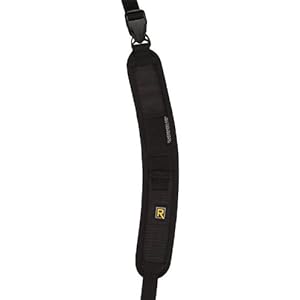
You are going to need something to carry all this equipment around in. My current favorite is the Lowepro Compu Trekker AW backpack, which is now called the Lowepro ProRunner 350 AW. I use this as both my airline carry-on and my working bag during the day. The size works perfectly for both needs. It easily fits the airline carry-on size, including smaller international requirements in some regions, yet fits more that it would first appear. With careful configuration of the interior dividers, I can fit 2 Canon bodies, three lenses, a 580EX II flash, its diffuser, 2 external hard drives in cases, a couple memory card cases, and some filters. In the outside pocket, I have a couple battery chargers, extra batteries, medium Rocket Blower, miscellaneous cords, caps, and accessories. In the rear pocket designed for a laptop, I easily fit a 32″ 5 in 1 reflector. The pack is extremely comfortable, has tons of padding on the straps and the back so that its weight never bothers me and I don’t feel the reflector in my back. I often wear it for hours a day while working, and it is never a problem. The Pro Runner 450 AW might be a better carry on size so that you could carry more gear on the plane with you (if it fits the airline’s requirements) but it would be too big for daily use. There are also rolling versions of these, with an “x” in the name, thought the retractable handles and wheels add weight and size to the bags.
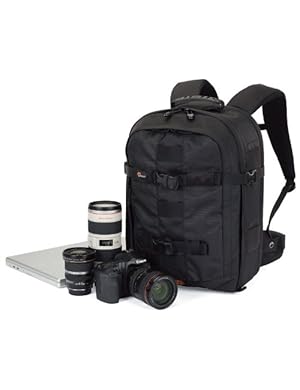
For adventure videographers, the item of the year is the GoPro HD HERO Cam, which you attach to your helmet, head, mountain bike, snowboard, skateboard, motorcycle, or whatever to shoot professional quality, point of view video. It comes in a variety of packages with different mounts. Film and share your adventures in full HD video! Click the image to see it on Amazon or click here to learn more and but direct at the GoPro website.

And to save all those images you are taking, memory cards will make great stocking stuffers. I like Sandisk Extreme 16 GB SD cards. If you still use CF cards, be sure to get the SanDisk Extreme 16GB CF cards. Use a Sandisk card reader to upload the images to your computer, rather than from the camera directly, in order to save the camera batteries. This Sandisk Card Reader is for the CF cards, and the 5 in 1 reads SD cards.
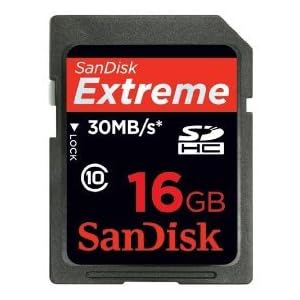
And for some basic stocking stuffers, here are a few simple but essential items for keeping your camera and lenses clean:
Giottos Medium Rocket Blower in the medium or large size. Always have it handy for getting dust off lenses in a hurry, because blowing on them – no matter how careful – leads to spittle on the lenses 5% of the time when it doesn’t matter and 95% of the time when you are in the most critical situations.
Pearstone LP-1 Lens Pen – Works great for cleaning off mysterious spots, smudges, and fingerprints that always appear on the lens (this is why I always use UV filters) as well as that a-fore-mentioned spittle. There is a retractable brush on one end and a cleaning head on the other end. Twist the cap to load the cleaning tip with the carbon based cleaning material, then remove the cap and use. Please read the instructions and visit the LensPen website to fully learn how to use it properly.

For more photography equipment and accessories like those above, be sure to see this previous post Equipment for Travel (and Everyday) Photography.
To edit and save all your photos, you are going to need some hard drive space and some software:
External Hard Drives – The Iomega Ego 1TB and a Lacie Rugged USB 1TB work great both at home and when traveling. There is a FireWire version of the Lacie Rugged 500GB also. Both are built solid and sturdy, and each fit perfectly in the Case Logic Portable Hard Drive Case made for these types of drives. Get the cases in different colors so you can quickly differentiate your different drives. For storage at home, consider a couple Western Digital My Book 1TB External Hard Drives.
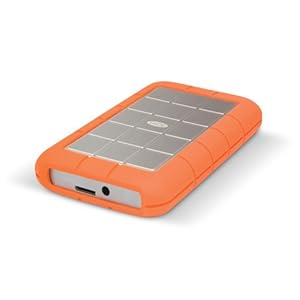
Post-Production – After taking all these wonderful images with your new equipment, you are going to need to organize, edit, and work on all your photos. And for that, of course you are going to needAdobe Photoshop and/ or Adobe Lightroom 3. You can start off with the trial versions that you can download from the Adobe site, but sooner or later you are going to have to get the real versions. Use that student discount if you can!

Also be sure to consider all the great photo books to help you learn to use your equipment, improve you images and compositions, and be inspired. I’ve put together a post of several of my favorites that you can read here. The most recent addition to the bookshelf is:
The Photographer’s Mind: How to See and Shoot Better Digital Photos by Michael Freeman
Every time I read Freeman’s The Photographer’s Eye, I lament, usually aloud, “why doesn’t he have more books like this?” Well, my wishes appear to have been answered. His next book The Photographer’s Mind has just come out.
And don’t forget the eBooks I put together for setting up and learning to use you Canon dSLR:
Your World 60D – The Still Photographer’s Guide to Operation and Image Creation with the Canon 60D – an eBook user’s guide and tutorial I wrote to help get you up and running with the 60D, quickly and competently. You can learn more about it at this post here. In addition to the PDF version, which also looks great on the iPad, it is also available in a Kindle edition on Amazon.com here and a Nook verion on BarnesandNoble.com Plus, for the Rebel T2i / EOS 550D, I have written T2i Experience – a similar guide for Canon T2i / 550D users.
Purchasing: If you plan to purchase cameras, photo equipment, books, or anything else from Amazon.com I encourage you to do so through any of the Amazon referral links I’ve set up. Just click on the equipment name or book title within this post and you will be taken to that Amazon page. Or click here to go directly to Amazon or click on the Amazon.com logo below, and start shopping. Thanks, I appreciate your support!
![]()
If you are in the UK, you can click here for the UK Amazon referral link.
For those interested in purchasing through B&H Photo, Adorama, or directly from Canon, I have set up affiliate links with them as well – find them on the left side of this page.
Happy Holidays, and I hope you get everything on your list!





